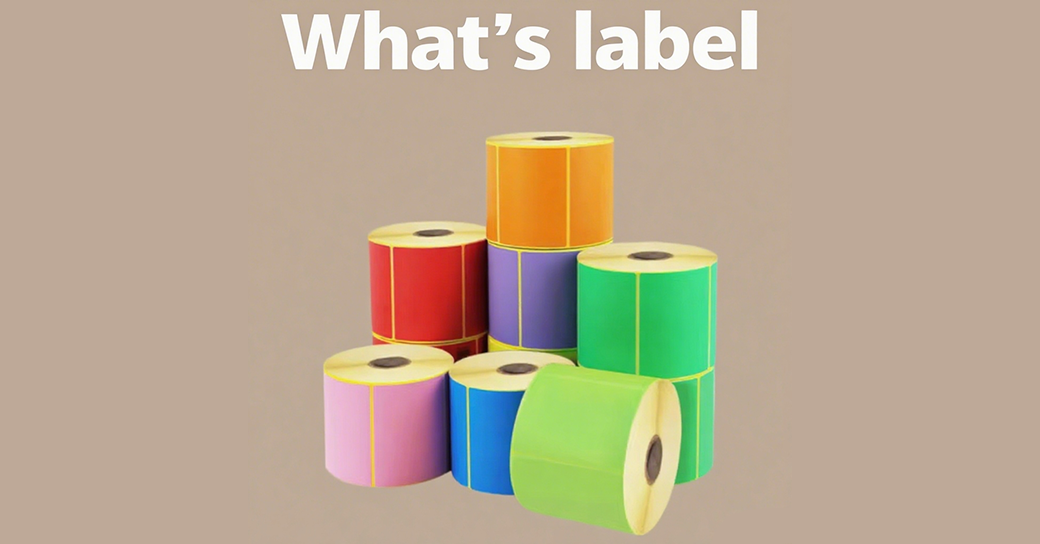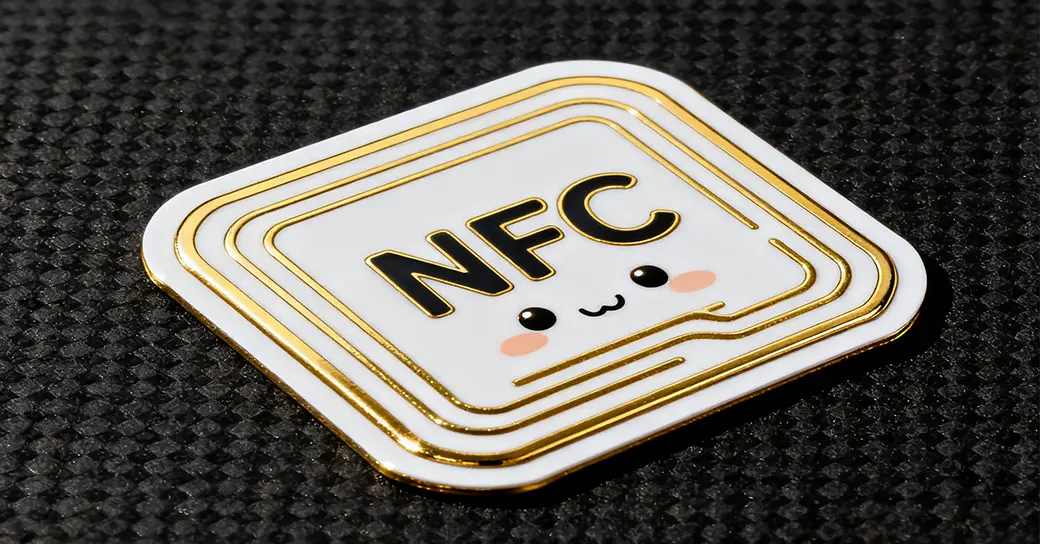Unlock digital services with a single NFC sticker: NFC stickers are reshaping the interactive ecosystem.
"Just tap your phone against the screen, and WiFi connects automatically, plus a new customer coupon pops up simultaneously." Ms. Li, the owner of a community supermarket in Guangzhou's Tianhe District, explained, pointing to the blue sticker on the checkout counter. This "tap-to-connect sticker," launched by Baifu Technology, has boosted the success rate of customers connecting to the internet from 20% to 85%, with social media orders accounting for 35% of total orders. From supermarket checkouts to international exhibitions, this small sticker based on NFC (Near Field Communication) technology is revolutionizing digital service access with its minimalist "tap-to-connect" interaction.
Technological Breakthrough: From "Precise Alignment" to "Easy Touch"
The explosive growth of NFC stickers stems from a key breakthrough in underlying technology. The NFC Forum's latest Release 15 standard extends the communication distance from 0.5 cm to 2 cm, quadrupling the sensing range and completely resolving the traditional NFC "alignment difficulty" pain point. More importantly, its passive working principle—the tag requires no battery; it only needs to enter the magnetic field range of an active device like a mobile phone to obtain energy and transmit data through induced current. This reduces hardware costs and gives it unlimited form factor possibilities. China Mobile Fintech's "Lingxi Sticker" further translates technological advantages into user experience. Compared to traditional QR code scanning, which requires six steps ("unlock - find the app - scan - confirm"), NFC stickers only require two steps: "unlock the phone - gently stick it on," directly accessing the service page, improving operational efficiency by nearly three times. Its financial-grade encryption technology has obtained two national patents, effectively preventing copying and tampering, providing security for sensitive scenarios such as government and finance.
Scene penetration: Full-scene coverage from business halls to convenience stores
In China Mobile stores in Zhejiang and Jiangxi provinces, "Lingxi Stickers" have become a standard service feature. Users can simply stick a desktop sticker to get a number, or touch a wall sticker to directly access marketing activity pages. In July alone, it served over 400,000 users. At campus orientation events, new students can complete number selection and registration in one step using customized stickers. In Guizhou, China Mobile engineers' work badges have built-in tags, allowing customers to add friends and experience smart home products with a single tap, significantly reducing communication costs. The retail industry is transforming NFC stickers into a powerful marketing tool. Data from Baifu Technology's "Pengpeng Rabbit" stickers in cafes shows that it not only increased network connection success rate to 98% but also boosted related consumption by 25%. Merchants can obtain user profiles through the backend and accurately push personalized offers such as "exclusive discounts for mothers," increasing redemption rates by 30%. At high-end exhibitions such as the Digital China Construction Summit and the World Artificial Intelligence Conference, materials such as guest badges and promotional fans have been transformed into smart entry points by incorporating NFC tags, becoming a new highlight of interactive exhibitions.
Market Boom: Localization Opportunities in a 91.6 Billion Yuan Sector
Driven by both technology and application scenarios, the NFC sticker market has experienced rapid growth. Data shows that the Chinese NFC self-adhesive sticker market reached 7.83 billion yuan in 2024, a year-on-year increase of 16.8%; it is projected to climb to 9.16 billion yuan in 2025, continuing its high growth trend. The Yangtze River Delta and Pearl River Delta regions have formed core industrial clusters, accounting for 45% and 30% of the production capacity respectively, with total annual output expected to increase by 19.3% compared to 2024. High penetration rates in downstream terminals provide a solid foundation for the market. In 2024, 89.7% of smartphones shipped in China were equipped with NFC-related modules, with NFC sensor sticker installations reaching 205 million units. The domestic industry chain is rapidly emerging; Will Semiconductor's WL16NFC series chips have achieved mass production in Xiaomi and Honor mid-range models, enabling domestic core chips to achieve a market share exceeding 15% in the mid-range market for the first time. The Ministry of Industry and Information Technology plans to invest 4 billion yuan in special funds through the "Intelligent Sensing Leap Project" to increase the localization rate of sensor patches from 68% to over 78%.
Future Vision: A Digital Connectivity Landscape Where "Everything Can Be Entered"
With the advancement of 5G-A network deployment and the widespread adoption of AI terminals, NFC stickers are evolving towards greater intelligence and integration. China Mobile Fintech's backend system has enabled real-time modification of tag content and data monitoring, allowing for material reuse. Combined with flexible form customization capabilities, it truly realizes "everything can be an entry point." Industry experts predict that in the future, NFC stickers will integrate with UWB (Ultra-Wideband) technology to achieve centimeter-level positioning, opening up new scenarios in areas such as smart warehousing and indoor navigation. "When every item in the physical world can connect to digital services through stickers, 'sticking' may become the next generation of interaction paradigm after 'scanning'," an industry analyst pointed out. With continued cost reductions and expanding application scenarios, NFC stickers are expected to penetrate from commercial scenarios to home scenarios, becoming a key entry point for smart home linkage and item traceability management, driving the Internet of Things into the era of "lightweight connectivity."













